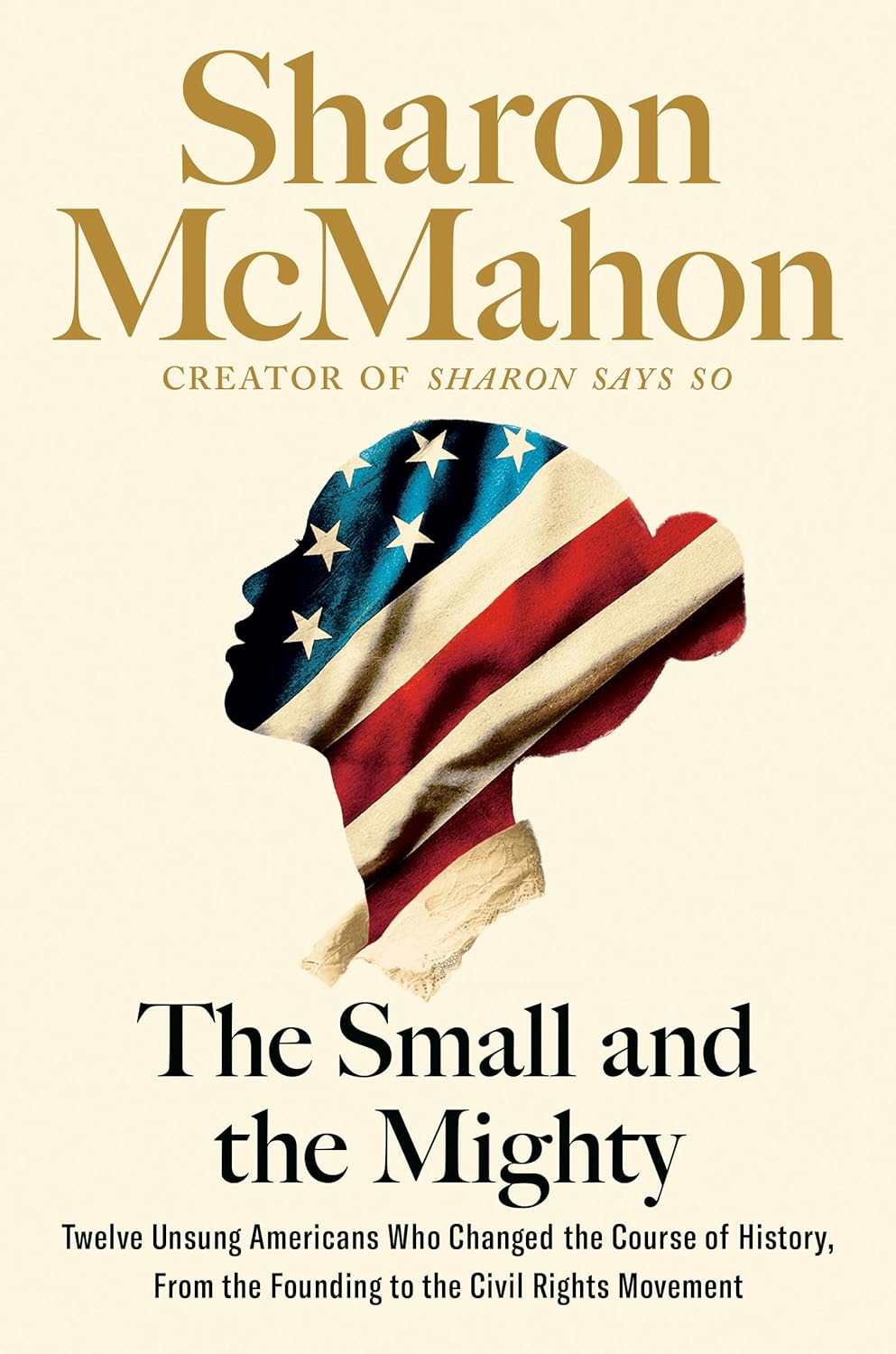Chapter 25: Teenagers in the American South_1950s
byChapter 25 of the civil rights movement reflects the intense struggles faced by Arkansas in the 1950s, particularly over school integration. Governor Orval Faubus became a symbol of the fierce opposition to desegregation in the South, epitomizing the nationwide divide over civil rights. Despite the Supreme Court’s 1955 decision in Brown v. Board of Education II, which called for the integration of public schools, Arkansas failed to take action, leaving schools segregated. By 1957, the NAACP had prepared nine students to attend Central High School in Little Rock, including Carlotta Walls, whose mother advised her to be ready for whatever challenges lay ahead. This was a historic moment for the nation, as these students, known as the Little Rock Nine, were about to confront the harsh realities of racial prejudice in a way that would forever alter the course of history.
One of the most iconic and heartbreaking moments came when Elizabeth Eckford, one of the Little Rock Nine, tried to enter the school on her own, unaware that the others had planned to arrive together. As she walked toward the school, she was met by an angry, hostile crowd shouting insults and threats. Armed National Guard soldiers, under Faubus’s orders, blocked her entry, symbolizing the violent resistance to integration in the South. This incident highlighted the harsh resistance these students would face, not just from individuals but from the state itself. Governor Faubus’s actions set the stage for a showdown between state authority and federal law, as he used the National Guard to keep the students out of the school, accusing the federal government of overstepping its bounds. This led to President Eisenhower’s intervention, marking a significant turning point in the battle for civil rights.
Despite the federal government’s intervention, the conflict did not end there. In the face of direct orders from President Eisenhower, Faubus continued to resist federal authority. The Little Rock Nine, despite being under the protection of federal troops, faced intense verbal and physical abuse from other students and segregationists. The harassment escalated as they continued their education at Central High, and they endured daily threats, assaults, and bullying. The presence of federal troops did little to protect them from the systemic racism that permeated the community. President Eisenhower’s decision to send in federal troops on September 23, 1957, underscored the seriousness of the situation, highlighting the severity of the unrest and the resistance to civil rights reforms in the South. The violence and opposition these students faced were emblematic of the larger struggle for civil rights, revealing the deep-seated hatred that permeated Southern society at the time.
While the Little Rock Nine bravely persevered, their families also faced intense scrutiny and suffering. Many parents of the students lost their jobs, were ostracized by their communities, and endured social and economic hardships as a direct consequence of their children’s involvement in the integration effort. Faubus’s refusal to comply with federal mandates even threatened to close schools entirely, hoping that such drastic measures would halt desegregation. The families of the Little Rock Nine, however, remained resolute in their belief that education should be available to all, regardless of race, and their sacrifice became a rallying cry for further action in the civil rights movement. This situation was not unique to Arkansas, as other states in the South took similar stances. In Virginia, for instance, rather than integrate schools, the state closed them altogether, an act that severely impacted Black families who depended on public education.
Across the nation, the efforts of the NAACP and other civil rights organizations continued to fight for integration and equality. In Virginia, the actions of activists like Barbara Johns, who organized student strikes to demand better conditions and school integration, played a pivotal role in shaping future civil rights litigation. These efforts contributed to broader movements that challenged the status quo of racial segregation. The legal battles that arose from these strikes and resistance efforts paved the way for more court cases that pushed for changes in the education system. These efforts, combined with the courageous actions of the Little Rock Nine, helped ignite the civil rights movement, which would gain further momentum in the years following the Brown v. Board of Education decision.
As the decade drew to a close, the fight for school integration was far from over. Southern states, including Arkansas and Virginia, continued to pass laws aimed at maintaining segregation and resisting federal mandates. Despite this, the courage of the Little Rock Nine and the continued advocacy by civil rights organizations sparked a broader national movement for equality. The push for integration and racial equality in education, though met with violent opposition and political resistance, would ultimately prove to be a turning point in the struggle for civil rights. It was clear that the battle for justice was not only about school integration but also about challenging the very foundations of systemic racism that had endured for generations. These landmark moments laid the groundwork for future advancements in the civil rights movement, demonstrating the power of resistance and the resilience of those fighting for equality.

